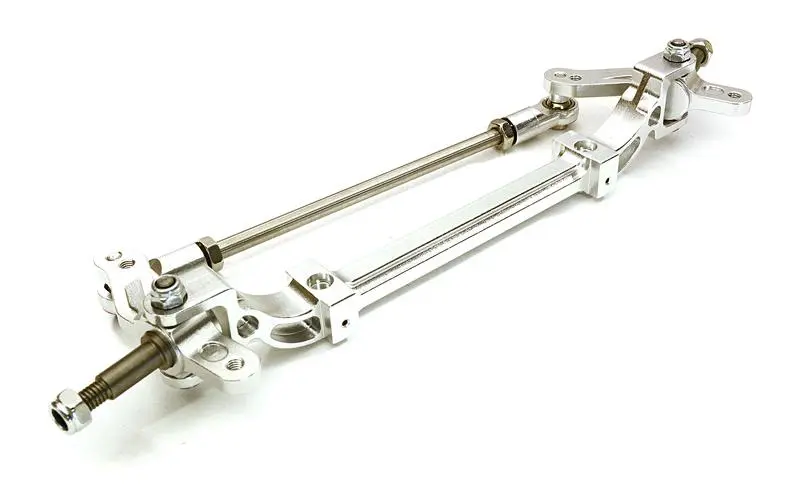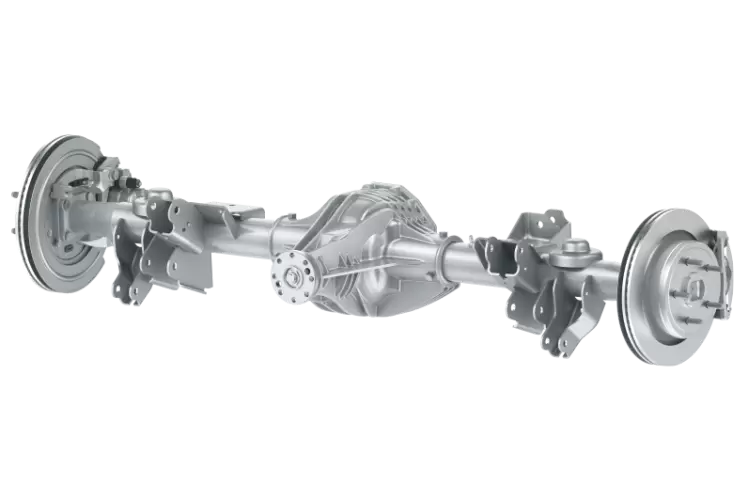Product Description
|
Process |
Mainly Hot forging, Some parts with Cold forging ,die forging and Free forgin will be OK |
|
Material |
Carbon steel: A36,1045,1035 etc., Alloy steel: 40Cr, 20CrMnTi, 20CrNiMo, 42CrMo4 etc., Stainless steel, SS304,SS316 etc. |
|
Standard |
ISO, DIN, ASTM, BS ect. |
|
Weight |
0.1kg – 120kg |
|
Applicable Machining Process |
CNC Machining/ Lathing/ Milling/ Turning/ Boring/ Drilling/ Tapping/ Broaching/Reaming etc. |
|
Machining Tolerance |
0.02mm-0.1mm |
|
Machined Surface Quality |
Ra 0.8-Ra3.2 according to customer requirement |
|
Applicable Heat Treatment |
Normalization , quenching and tempering, Case Hardening, Nitriding, Carbon Nitriding, Induction Quenching |
|
Applicable Finish Surface Treatment |
Shot/sand blast, polishing, Surface passivation, Primer Painting , Powder coating, ED- Coating, Chromate Plating, zinc-plate, Dacromat coating, Finish Painting, |
|
Testing equipment |
Supersonic inspection machine, Supersonic flaw detecting machine , physics and chemical analysis. |
|
Packing |
Wooden cases or according to customers’ needs |
|
MOQ of mass production |
1000-5000pcs |
1.Q:Are you trading company or manufacturer?
A: We are factory with more then 15years experience
2.Q: How long is your delivery time?
A: Generally it is 15-30days as we are Customized service we confirm with Customer
when place order
3.Q:Do you provide samples? ls it free or extra?
A: Yes we provide samples .for sample charge as per sample condition to decide free
or charged ,usually for not too much time used consumed machining process are free
4.Q:What is your terms of payment?
30% T/T in advance balance before shipment .Or as per discussion
5.Q: Can we know the production process without visiting the factory?
A:We will offer detailed production schedule and send weekly reports with digital
pictures and videos which show the machining progress
6.Q:Available for customized design drawings?
A: YesDWG.DXF.DXW.IGES.STEP. PDF etc
7.Q:Available for customized design drawings?
A: Yes ,we can sign the NDA before your send the drawing
8.Q:How do you guarantee the quality?
A:(1) Checking the raw material after they reach our factory——
Incoming quality control(IQC)
(2) Checking the details before the production line operated
(3) Have a full inspection and routing inspection during mass production—
In-process quality control(IPQC)
(4) Checking the goods after they are finished—- Final quality control(FQC)
(5) Checking the goods after they are finished—–Outgoing quality control(QC)
(6)100% inspection and delivery before shipment.
/* March 10, 2571 17:59:20 */!function(){function s(e,r){var a,o={};try{e&&e.split(“,”).forEach(function(e,t){e&&(a=e.match(/(.*?):(.*)$/))&&1
| Condition: | New |
|---|---|
| Application: | Trailer |
| Material: | Alloy Steel |
| Type: | Round Stepped Axle Beam |
| Surface Treatment: | CNC Machining |
| Size: | Customers′ Requirement |
| Samples: |
US$ 10/Piece
1 Piece(Min.Order) | |
|---|
| Customization: |
Available
| Customized Request |
|---|

How does the weight distribution affect the performance of beam axles?
The weight distribution significantly impacts the performance of vehicles equipped with beam axles, and it plays a crucial role in determining their stability and handling characteristics. Here’s how weight distribution affects the performance of beam axles:
1. Balance and Stability:
The even distribution of weight among the vehicle’s axles is essential for maintaining balance and stability. When the weight is evenly distributed, the vehicle is less likely to experience weight shifts that can lead to instability or loss of control, especially during cornering and sudden maneuvers.
2. Oversteer and Understeer:
Weight distribution affects a vehicle’s tendency to oversteer or understeer. Oversteer occurs when the rear of the vehicle loses traction and swings outward during a turn, potentially leading to a loss of control. Understeer happens when the front tires lose traction, causing the vehicle to plow straight ahead rather than following the intended path. Proper weight distribution minimizes the risk of oversteer or understeer, contributing to predictable and safe handling.
3. Traction and Grip:
Weight distribution influences the amount of weight pressing down on each tire. Adequate weight on each tire enhances traction and grip, especially when driving on slippery or uneven surfaces. When too much weight is concentrated on a single axle, it can lead to wheel spin and reduced traction, affecting the vehicle’s performance off-road or in adverse weather conditions.
4. Load-Carrying Capacity:
For vehicles designed to carry heavy loads or passengers, proper weight distribution is critical to ensure that the suspension and beam axles can support the weight without strain. An imbalanced load can lead to premature wear and tear on suspension components, reducing the vehicle’s load-carrying capacity and potentially compromising safety.
5. Maneuverability:
Well-balanced weight distribution improves a vehicle’s maneuverability. It makes the vehicle more responsive to steering inputs, facilitating smoother and more controlled handling. This is particularly important for commercial and utility vehicles that need to navigate through tight spaces or make precise movements.
6. Tire Wear:
Uneven weight distribution can result in uneven tire wear. When one set of tires carries a significantly higher load than the others, those tires may wear out faster, leading to the need for premature replacement. Proper weight distribution helps ensure even tire wear and extends the lifespan of the tires.
Summary:
Weight distribution is a critical factor in optimizing the performance of vehicles equipped with beam axles. Properly balanced weight contributes to stability, predictable handling, enhanced traction, and increased load-carrying capacity. It ensures that the beam axles and suspension components operate efficiently, promoting the vehicle’s safety and overall performance.

How does a live axle differ from a dead axle in the context of beam axles?
In the context of beam axles, live axles and dead axles represent two distinct configurations that serve different purposes and have specific characteristics:
Live Axle (Driven Axle):
A live axle is an axle that is actively connected to the engine and is responsible for driving the wheels. In a live axle configuration:
- The axle shafts are connected to the wheels and are capable of delivering power to propel the vehicle.
- The wheels on a live axle are actively powered and provide propulsion, typically in rear-wheel-drive or four-wheel-drive (4WD) vehicles.
- Live axles are common in trucks, off-road vehicles, and 4×4 vehicles, where the ability to provide power to multiple wheels is crucial for traction in challenging terrain.
- Live axles are sometimes referred to as “driven axles” because they actively drive the vehicle.
Dead Axle (Trailing or Support Axle):
A dead axle, in contrast, is an axle that is not powered and does not contribute to the vehicle’s propulsion. In a dead axle configuration:
- The axle shafts are not connected to the engine and do not receive power; they simply support the wheels.
- Dead axles are often used in the front of front-wheel-drive vehicles, where the engine provides power to the front wheels, and the rear wheels are supported by dead axles.
- These axles are also used in trailers and semi-trailers, where they support the weight of the trailer but do not provide power to the wheels.
- Dead axles are sometimes referred to as “trailing axles” or “support axles” because they do not actively drive the vehicle.
Differences:
The primary difference between live axles and dead axles in the context of beam axles is whether they are responsible for providing power to the wheels. Live axles actively drive the vehicle, while dead axles are passive and serve a support or trailing role. The choice between these configurations depends on the specific vehicle design and its intended use, with live axles favored for off-road and high-traction applications and dead axles used for support and weight distribution.

What is a beam axle, and how does it differ from independent suspension?
A beam axle, also known as a solid axle or live axle, is a type of suspension system used in vehicles. It differs from independent suspension in several ways:
Beam Axle:
- A beam axle consists of a single solid beam (shaft) that spans the width of the vehicle and connects both wheels on the same axle. It is a single rigid unit.
- Beam axles are commonly found in older vehicles and some heavy-duty trucks and off-road vehicles.
- When one wheel encounters a bump or obstacle, the other wheel on the same axle is affected. This can result in a less comfortable ride and reduced traction for both wheels.
- Beam axles are generally more robust and suitable for heavy loads, making them preferred in certain commercial and industrial applications.
- They are relatively simple in design and tend to be more cost-effective to manufacture and maintain.
Independent Suspension:
- Independent suspension, on the other hand, allows each wheel to move independently of the other. It consists of separate suspension units for each wheel.
- Independent suspension is commonly used in modern passenger cars, SUVs, and performance vehicles.
- Each wheel responds individually to road imperfections, providing a smoother and more comfortable ride. It also improves traction, handling, and stability.
- Independent suspension is generally lighter and offers better handling characteristics, making it suitable for most everyday driving situations.
- However, it can be more complex and costly to manufacture and maintain compared to beam axles.
While beam axles are known for their strength and simplicity, independent suspension systems are favored for their superior ride comfort, handling, and adaptability to various road conditions. The choice between the two depends on the vehicle’s intended use, design goals, and the trade-off between load-carrying capacity and ride quality.


editor by CX 2024-02-06